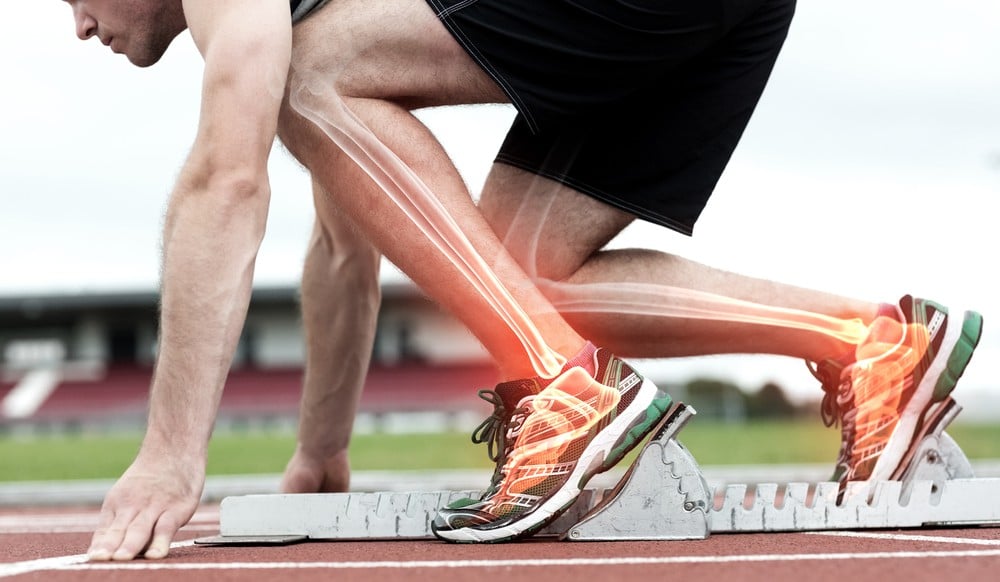As we age, maintaining strong and healthy bones becomes increasingly important to prevent conditions like osteoporosis and fractures.
While nutrition plays a vital role, regular exercise is a powerful ally in promoting optimal bone density.
In this article, we will explore the connection between exercise and bone health, focusing on the types of activities that contribute to building and maintaining strong bones.
Weight-Bearing Exercises
Weight-bearing exercises are particularly effective in enhancing bone density. These activities force your bones and muscles to work against gravity, stimulating the bone-forming cells (osteoblasts) to become more active.
Examples of weight-bearing exercises include walking, running, hiking, dancing, and aerobics. Aim for at least 30 minutes of weight-bearing exercise most days of the week to maximize bone-strengthening benefits.
Resistance Training
Incorporating resistance training into your exercise routine is essential for bone health. Strength training exercises, such as lifting weights or using resistance bands, create stress on the bones, prompting them to adapt and become denser.
Focus on compound movements that engage multiple muscle groups, including squats, deadlifts, and bench presses. Perform resistance training exercises 2-3 times per week for optimal bone-strengthening effects.
High-Impact Activities
High-impact activities involve sudden forceful movements that promote bone density by increasing bone mineral content.
Examples of high-impact exercises include jumping jacks, jumping rope, and certain types of sports like basketball and tennis.
It’s essential to choose activities that match your fitness level and consider consulting with a healthcare professional, especially if you have any pre-existing conditions.
Flexibility and Balance Exercises
While weight-bearing and resistance exercises are crucial, don’t overlook the importance of flexibility and balance exercises.
These activities, such as yoga and tai chi, can help improve coordination, stability, and reduce the risk of falls that could lead to fractures. Integrating these exercises into your routine contributes to overall bone health.
Consistency is Key
Building and maintaining bone density require consistency. Regular, ongoing exercise is more effective than sporadic intense workouts.
Create a well-rounded exercise routine that includes a variety of activities to engage different muscle groups and stimulate bone formation continuously.
Considerations for Special Populations
Certain populations, such as older adults and individuals with specific medical conditions, may need modified exercise routines.
It’s crucial to consult with healthcare professionals or fitness experts to create a personalized plan that addresses individual needs and concerns.
Conclusion
In the quest for strong and resilient bones, exercise emerges as a key player. The combination of weight-bearing exercises, resistance training, high-impact activities, and flexibility exercises contributes to optimal bone density.
Regardless of age or fitness level, incorporating a diverse range of exercises into your routine, along with proper nutrition, is a proactive approach to building and maintaining strong bones throughout life.
Regular physical activity not only enhances bone health but also promotes overall well-being, ensuring you enjoy an active and vibrant lifestyle.

Leave feedback about this